MARKET OVERVIEW
The global pipe relining market is a specialized sector of the infrastructure and utilities industry with a focus on refurbishing and repairing old pipes without complete excavation or replacement. The industry centers on products and services that will recover structural integrity and functionality of old or damaged pipes through advanced lining solutions. These methods will be more sought after by municipalities, industrial clients, and residential property owners who want to combat the issues caused by old pipeline systems without affecting operations above the ground.
Pipe relining technology will offer a minimally invasive replacement option for traditional pipe replacement, and this factor will continue to influence the expansion trajectory of the global pipe relining market. Instead of digging entire streets or disassembling walls to put in new pipes, this method will shove a resin-impregnated liner into the existing pipe, which will set hard and create a new, durable pipe within the old one. This method will minimize downtime, cost less, and preserve landscapes and infrastructure, and it's an enlightened option for a wide variety of applications.
The global pipe relining market will continue expanding as urban infrastructure grows old, particularly in regions where original pipeline networks were laid decades earlier. Old water pipes, sewerage pipes, and gas pipes will all have to be attended to, and pipe relining will become a way of offering a sustainable alternative for extending their service life. Also, environmental pressure will push technologies that can inhibit leak and contamination while not introducing further environmental disruption in terms of excavation. This market will also be in the fore because it contributes to the broader goal of infrastructure sustainability, conservation of resources, and cost reduction.
Apart from its current applications, this market will undergo a paradigm shift when it comes to viewing pipeline rehabilitation. From being considered as a quick fix, it will be a long-term strategy adopted in both the public and private sectors. Building managers, facility managers, and utility companies will select solutions that will minimize danger while keeping step with increasingly stringent regulatory standards. Thus, pipe relining will be a strategic investment that will yield dividends beyond the simple repair job and contributing to operational resilience.
Pipe relining technology will continue to advance, with material research and installation methods improving performance and life expectancy. The market will reflect such advancements, and service providers will continue to enhance their services for the diverse customers ranging from municipal water departments to manufacturing plants. Solutions will be customized for pipeline material type, size, and environmental setting to ensure restored pipes will perform reliably under fluctuating loads.
In the future, the global pipe relining market will need to deal with issues of standardization and public image. While the technology will be explained by itself regarding results, more education and transparency will be required in order to gain over trusting stakeholders who will not yet have heard of what it can do for them. Marketing will likely position relining as a low-disruption, eco-friendly, cost-saving option, positioning it ultimately as a default rather than an alternative.
In total, the global pipe relining market will be at the intersection of technology, infrastructure conservation, and eco-stewardship. It will reward industries and communities that require tough, long-lasting, and eco-friendly solutions to keep important pipeline infrastructure running without the requirement for intrusive replacement processes. With added complexity in infrastructure problems, this market will continue to offer practical solutions that will shape the future of pipeline administration worldwide.
Global pipe relining market is estimated to reach $8,612.45 Million by 2032; growing at a CAGR of 8.8% from 2025 to 2032.
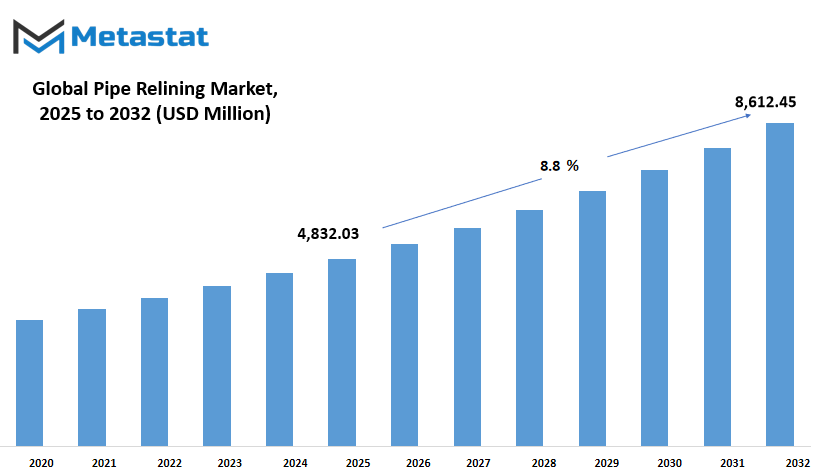
GROWTH FACTORS
The global pipe relining market is expected to grow steadily in the years ahead as more industries and communities recognize the benefits of modern pipe repair methods. One of the main reasons behind this growing demand is the clear need for solutions that are both cost-effective and less disruptive than traditional methods. Unlike older techniques that often involve digging up large sections of land, pipe relining allows repairs to be made with minimal disturbance to roads, buildings, and the surrounding environment. This makes it especially attractive to cities looking to update their infrastructure without causing significant inconvenience to businesses and residents.
Urban areas, in particular, are facing the challenge of maintaining aging infrastructure. Many cities across the world have pipelines that are several decades old, and the cost of replacing these systems entirely is often too high. Instead, pipe relining offers a practical alternative that extends the lifespan of existing systems without the need for full replacement. This growing focus on preserving and upgrading old infrastructure is likely to play a major role in driving the global pipe relining market forward.
Even though the advantages are clear, there are still some factors that could slow down the growth of this market. The high upfront costs for purchasing relining equipment and materials can be a major obstacle for smaller companies or municipalities with tight budgets. Additionally, in regions where traditional pipe repair methods are already deeply established and trusted, there can be a reluctance to shift to newer technologies. This lack of awareness and slower adoption in certain areas might prevent the market from reaching its full potential as quickly as it could.
Looking ahead, there are positive signs that the global pipe relining market will find new opportunities through expanding applications in both residential and industrial sectors. As more investment is poured into infrastructure projects worldwide, the need for reliable, long-lasting solutions will grow. Homeowners are also becoming more aware of these modern techniques as they look for ways to protect their properties without the hassle of disruptive repairs. In the industrial sector, companies are recognizing the value of maintaining pipelines to avoid costly breakdowns and production halts.
With these factors in mind, the future of the global pipe relining market looks promising. As technology continues to improve and awareness grows, this method of pipe repair is likely to become an important part of infrastructure maintenance strategies in many parts of the world.
MARKET SEGMENTATION
By Product
The global pipe relining market is expected to see significant changes and developments in the future. This industry focuses on methods and tools that help repair old or damaged pipelines without the need to dig them up, which saves both time and money. As more cities around the world grow older and face the problem of aging infrastructure, the demand for such solutions is only expected to increase. Governments and private companies alike are searching for more efficient ways to maintain their underground systems, and pipe relining stands out as a reliable answer.
The market by product is further broken down into several important categories. These include CIPP Equipment, Liner, High Pressure Water Jetters, Inversion Drum, Pulling Machine, and others. Each of these plays a key role in making sure the relining process is carried out smoothly and effectively. CIPP Equipment, which leads the segment, is projected to contribute USD 1,058.75 million. This technology allows the lining to be cured in place, forming a strong new pipe inside the old one. It saves a lot of effort compared to traditional digging and replacement methods. Liners, with an estimated value of USD 2,297.62 million, are also vital as they form the new inner surface of the pipe and ensure durability and performance.
High Pressure Water Jetters are another important part of this market, with a contribution expected to reach USD 599.15 million. These machines help clean out the old pipes before the new lining is added, making sure that the process starts on a solid foundation. Inversion Drums, expected to reach USD 299.23 million, and Pulling Machines, forecasted at USD 210.07 million, are used to insert the lining material accurately and efficiently. Other tools and equipment in this sector are projected to reach USD 367.20 million, showing that even smaller components have a role in supporting the overall process.
Looking ahead, the global pipe relining market will likely benefit from ongoing technological progress. Smarter machines and more durable materials will make the process faster, safer, and more cost-effective. As environmental concerns grow, the fact that pipe relining reduces waste and disruption will make it even more popular. In the future, more countries will turn to this method as they look for ways to protect their infrastructure without causing unnecessary harm to the environment or spending large sums on complete replacements.
By Service
The global pipe relining market will continue to grow as aging infrastructure and increasing urban populations create a stronger demand for effective and long-lasting pipe repair solutions. Cities around the world face common challenges with old sewer lines, water pipes, and other underground systems that were installed decades ago. Traditional methods of replacing these systems often require disruptive digging and can be very expensive. As a result, pipe relining services are becoming the preferred choice because they offer a more practical and cost-efficient alternative. This method allows pipes to be repaired without the need for complete excavation, making it faster and less harmful to the environment.
By service, the global pipe relining market is categorized into Cured-in-place Pipe, Pull-in-place, Pipe Bursting, and Internal Pipe Coating. Among these, cured-in-place pipe technology is expected to remain the most widely used. This is because it can repair damaged pipes with minimal disruption and extends the lifespan of the existing infrastructure by several decades. Pull-in-place services will also maintain a strong presence as they provide a solution when precise placement of the lining material is needed. Pipe bursting is anticipated to gain more attention in the future due to its ability to replace old pipes while increasing the diameter of the new pipes, offering an upgrade alongside repair. Internal pipe coating, though sometimes overlooked, offers a protective layer within the pipe that helps reduce corrosion and improve water flow. This service is likely to see more usage as environmental standards for water quality become stricter.
Looking forward, the global pipe relining market will benefit from technological advancements that make these methods even more efficient. Robotics, improved materials, and enhanced inspection techniques will allow service providers to offer more accurate and durable solutions. Cities planning for the future will likely include these services in their long-term maintenance strategies, recognizing the value in avoiding major disruptions while still upgrading essential systems.
Additionally, the market will see growth in both residential and commercial sectors as awareness increases. More homeowners and businesses will choose these services not only because of the lower cost but also because of the convenience and sustainability factor. Governments and municipal bodies will likely support this shift through favorable regulations and funding aimed at improving urban infrastructure without the environmental harm of traditional excavation. The global pipe relining market will continue to play an important role in shaping the future of infrastructure management, providing solutions that are reliable, forward-thinking, and aligned with modern needs.
By Curing Method The global pipe relining market is expected to experience steady growth in the coming years as demand rises for more efficient and less disruptive pipe repair solutions. Traditional methods of pipe repair often involve significant excavation, which leads to longer project times, higher costs, and disruption to daily life. In contrast, pipe relining offers a solution that repairs existing pipelines from the inside, extending their lifespan without the need for major digging. This has made it an attractive option for municipalities, commercial properties, and homeowners alike, who are looking for cost-effective ways to maintain aging infrastructure.
One of the important factors driving the future of the global pipe relining market is the range of curing methods available, each suited to different project needs. By curing method, the market is further divided into Ambient Cure, Hot Water Cure, Steam Cure, and UV Light Cure. Ambient Cure is typically used in smaller projects where time is not a pressing issue. It relies on natural conditions to harden the lining, making it a straightforward but slower option. Hot Water Cure and Steam Cure are more commonly chosen for larger projects because they speed up the hardening process. These methods allow teams to complete projects quicker, reducing downtime and minimizing inconvenience to surrounding areas.
The most technologically advanced method, UV Light Cure, is gaining attention for its efficiency and precision. It uses ultraviolet light to harden the resin within the liner almost instantly. This method is particularly valued in situations where timing is critical, and it often results in a stronger finish. As cities continue to expand and the demand for reliable infrastructure grows, methods like UV Light Cure will likely become more popular due to their ability to deliver fast, durable results.
Looking ahead, the global pipe relining market will likely benefit from increasing investments in smart infrastructure. Governments and private organizations are becoming more focused on sustainable solutions that not only solve current problems but prevent future ones. Pipe relining fits well into this approach because it extends the life of existing pipelines without requiring total replacement. This reduces waste and environmental impact, which aligns with global efforts to promote greener construction practices.
Overall, advancements in technology and a growing awareness of the benefits of non-invasive repair methods will keep shaping the global pipe relining market. With continued innovation in curing methods and a focus on efficiency, this market is expected to remain a key player in the future of infrastructure maintenance.
By End User
The global pipe relining market is expected to see steady growth in the future due to the increasing demand for repairing and maintaining aging pipelines. This market plays a key role in helping industries and cities avoid the high costs and disruptions that come with traditional pipe replacement methods. Pipe relining is a method that allows existing pipelines to be repaired without digging them up, which saves both time and money. It also helps reduce environmental impact since there is less need for heavy construction work. Looking ahead, this method will continue to be a preferred solution, especially as more industries and governments focus on sustainable practices.
The global pipe relining market is divided into sectors such as Oil and Gas, Chemicals, and Municipal Source. Each of these sectors has its own reasons for adopting pipe relining services. In the oil and gas sector, pipelines are often laid over long distances and in tough environments. These pipes face wear and tear over time, so having a reliable method to repair them without shutting down operations will continue to be important. The chemicals sector also relies on pipelines to transport materials safely. Over time, these pipelines can corrode or get damaged due to the nature of the materials they carry. Pipe relining offers a solution that will extend the life of these pipelines without causing interruptions to production.
For municipal sources, the need is even more direct. Cities and towns have old water and sewer systems that need upkeep. Instead of replacing entire systems, which can be very expensive and disruptive to daily life, many municipalities will choose pipe relining to keep their infrastructure running smoothly. In the future, as urban populations grow and infrastructure ages further, this demand will likely increase. Governments will focus more on maintaining what is already in place rather than starting from scratch, and pipe relining fits well into this approach.
Technology will also push this market forward. Advances in materials used for lining pipes, as well as improved methods for installing these liners, will make the process quicker and more effective. As industries become more aware of the long-term savings and environmental benefits, the global pipe relining market will see broader acceptance. This growth will be supported by regulations that favor less invasive methods and by the clear need for reliable infrastructure in both industrial and public sectors. As time goes on, more organizations will turn to pipe relining as a forward-thinking solution for pipeline maintenance.
|
Forecast Period |
2025-2032 |
|
Market Size in 2025 |
$4,832.03 million |
|
Market Size by 2032 |
$8,612.45 Million |
|
Growth Rate from 2025 to 2032 |
8.8% |
|
Base Year |
2024 |
|
Regions Covered |
North America, Europe, Asia-Pacific Green, South America, Middle East & Africa |
REGIONAL ANALYSIS
The global pipe relining market is gradually shaping the future of the construction and infrastructure industries. As technology advances, the demand for efficient, cost-effective, and less invasive solutions for repairing pipelines will continue to rise. Pipe relining offers a method that avoids the need for complete pipe replacement, making it an attractive choice for cities and industries looking to improve aging infrastructure without causing major disruption to everyday life. This technology is expected to become even more refined, with improvements in materials and installation techniques that will enhance its durability and reduce the time required for projects.
Looking at the global picture, this market is carefully segmented based on geography. North America holds a significant share, with countries like the U.S., Canada, and Mexico leading the way. These nations are heavily investing in renewing their aging water and sewage infrastructure, which will push the demand for pipe relining services even further. Europe also plays a key role, with the UK, Germany, France, and Italy actively supporting infrastructure rehabilitation through updated regulations and funding. Across these regions, the focus remains on maintaining public health and safety while reducing the environmental impact of traditional pipeline repair methods.
Asia-Pacific shows strong potential as well, driven by countries like India, China, Japan, and South Korea. Rapid urbanization and increasing population in these areas will create a larger need for sustainable and efficient infrastructure solutions. Governments in these regions are likely to invest more in modernizing their pipeline systems, recognizing the long-term benefits of pipe relining technology. South America, with countries such as Brazil and Argentina, is gradually catching up. The focus here is on finding cost-effective ways to handle old infrastructure problems while supporting future urban development.
The Middle East & Africa region, including GCC Countries, Egypt, and South Africa, is expected to experience growth in the global pipe relining market as well. As urban centers expand and industrial activities increase, the need for reliable infrastructure solutions will become more urgent. These areas are beginning to recognize the advantages of relining over full pipeline replacements, especially in locations where excavation would be difficult or disruptive.
Looking ahead, the global pipe relining market will likely continue to evolve as more regions adopt this technology. The future points toward smarter, quicker, and more eco-friendly solutions that help extend the life of existing infrastructure, offering a practical answer to the growing demands of urban and industrial development worldwide.
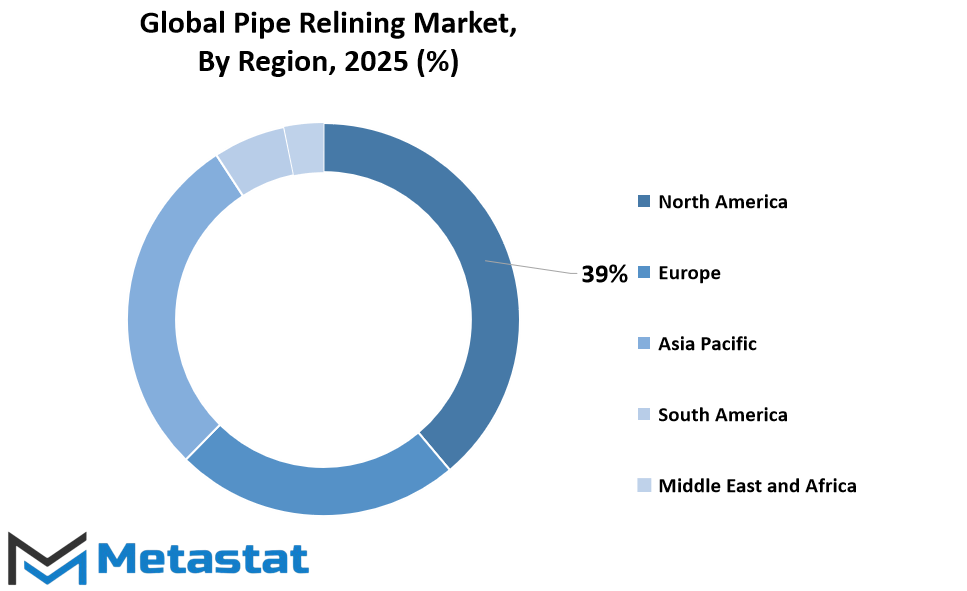
COMPETITIVE PLAYERS
The global pipe relining market is expected to experience steady growth as the demand for infrastructure repair solutions continues to rise. With aging pipelines becoming a serious concern in many developed and developing regions, more industries and municipalities are looking for ways to restore these systems without causing major disruption. This is where pipe relining provides a clear advantage, as it allows existing pipelines to be reinforced without the need for extensive excavation. This technology is gaining popularity due to its cost-effectiveness and efficiency, and it is expected that its adoption will spread further as awareness of its benefits continues to grow.
The competitive players in the global pipe relining market play a crucial role in shaping its direction and development. Companies such as Waterline Renewal Technologies Inc, Roto-Rooter Group Inc, Advanced Trenchless Solutions LLC, and Silverlining Holding Corp have already established strong positions through years of experience and a consistent focus on innovation. These organizations are continuously working to improve their services and technologies to meet the growing expectations of clients. Pipe Restoration Solutions Inc, RPB Inc, Picote GROUP, Brawo Systems GmbH, Roddie Inc., TRIC Tools, Inc., and PURIS Corp are also notable contributors, each bringing unique solutions and advancements that help to push the industry forward.
As the future unfolds, it is likely that competition among these players will encourage further advancements in the materials and techniques used in pipe relining. More environmentally friendly solutions will be prioritized, as sustainability remains a key focus for both companies and customers. The demand for less disruptive methods of repair will drive innovation, encouraging these companies to create systems that are quicker, cleaner, and more durable. This competitive pressure will lead to better results for consumers and businesses alike, as service providers strive to offer superior value.
Looking ahead, the global pipe relining market will not only focus on traditional sectors but will also expand its reach into newer applications. Urban expansion and climate change are factors that will influence this shift, as cities will need reliable infrastructure solutions to handle increasing populations and changing weather patterns. Key players in the market will continue to adapt, exploring partnerships and strategic moves that strengthen their positions. The efforts of these companies will shape the future of infrastructure maintenance, making pipe relining a more recognized and relied-upon solution worldwide. Through these ongoing developments, the market will continue to evolve, responding to both current needs and future challenges.
Pipe Relining Market Key Segments:
By Product
- CIPP Equipment
- Liner
- High Pressure Water Jetters
- Inversion Drum
- Pulling Machine
- Others
By Service
- Cured-in-place Pipe
- Pull-in-place
- Pipe Bursting
- Internal Pipe Coating
By Curing Method
- Ambient Cure
- Hot Water Cure
- Steam Cure
- UV Light Cure
By End User
- Oil and Gas
- Chemicals
- Municipal Source
Key Global Pipe Relining Industry Players
- Waterline Renewal Technologies Inc
- Roto-Rooter Group Inc
- Advanced Trenchless Solutions LLC
- Silverlining Holding Corp
- Pipe Restoration Solutions Inc
- RPB Inc
- Picote GROUP
- Brawo Systems GmbH
- Roddie Inc.
- TRIC Tools, Inc.
- PURIS Corp
WHAT REPORT PROVIDES
- Full in-depth analysis of the parent Industry
- Important changes in market and its dynamics
- Segmentation details of the market
- Former, on-going, and projected market analysis in terms of volume and value
- Assessment of niche industry developments
- Market share analysis
- Key strategies of major players
- Emerging segments and regional growth potential



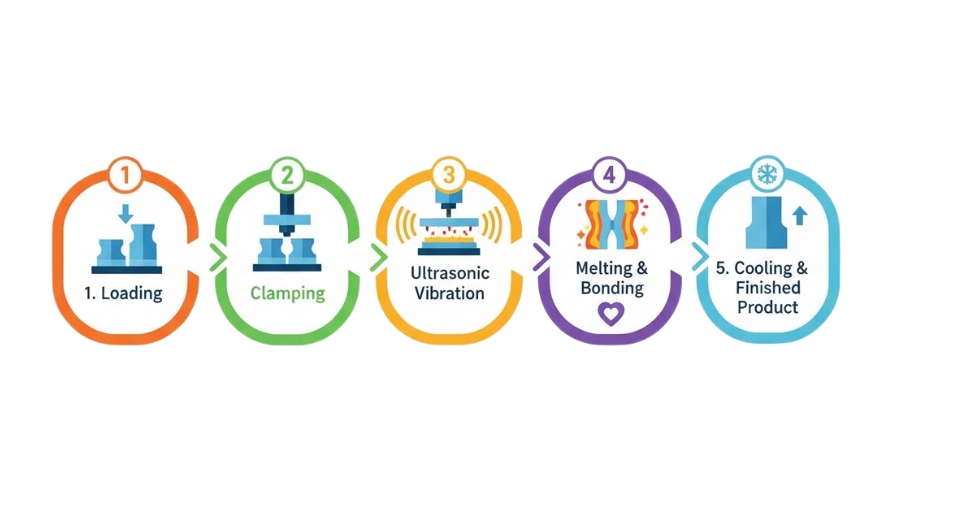
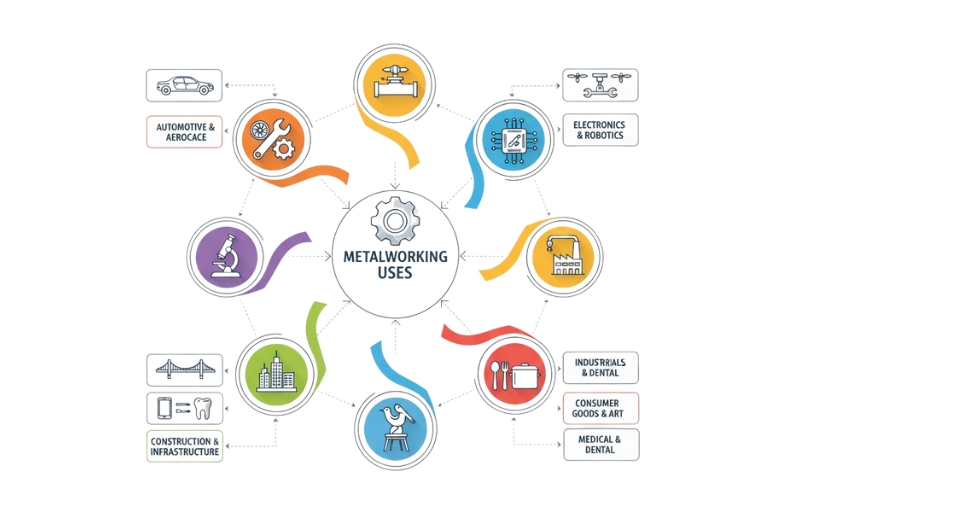
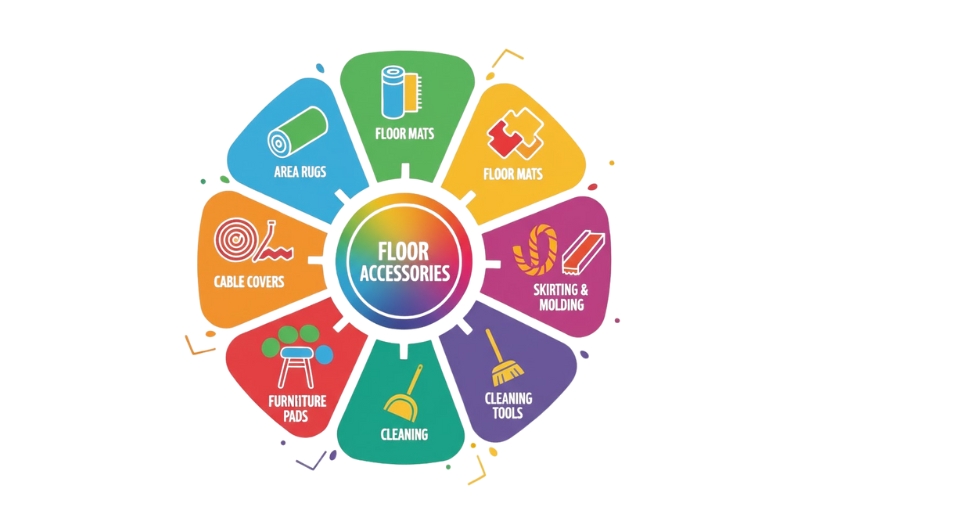
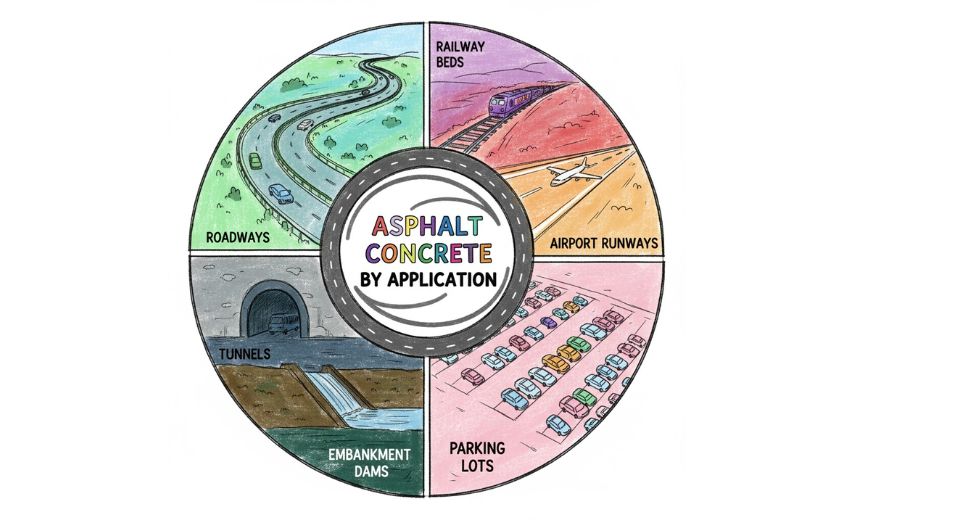

 US: +1 3023308252
US: +1 3023308252






